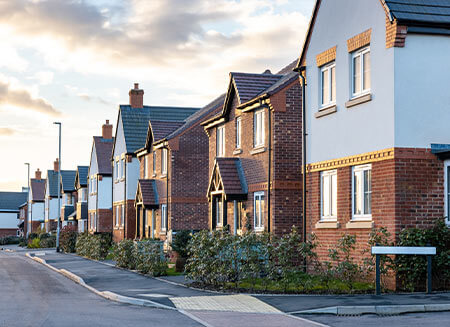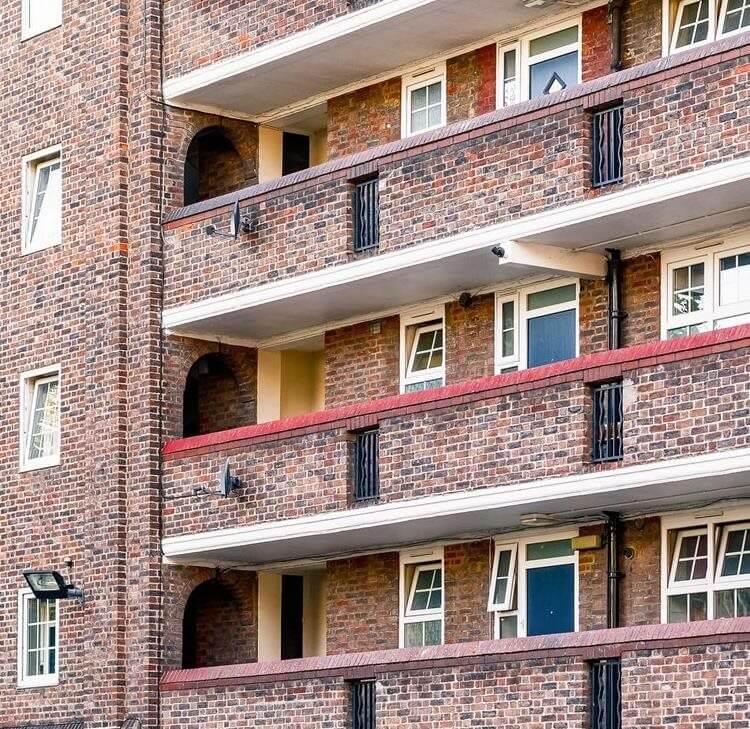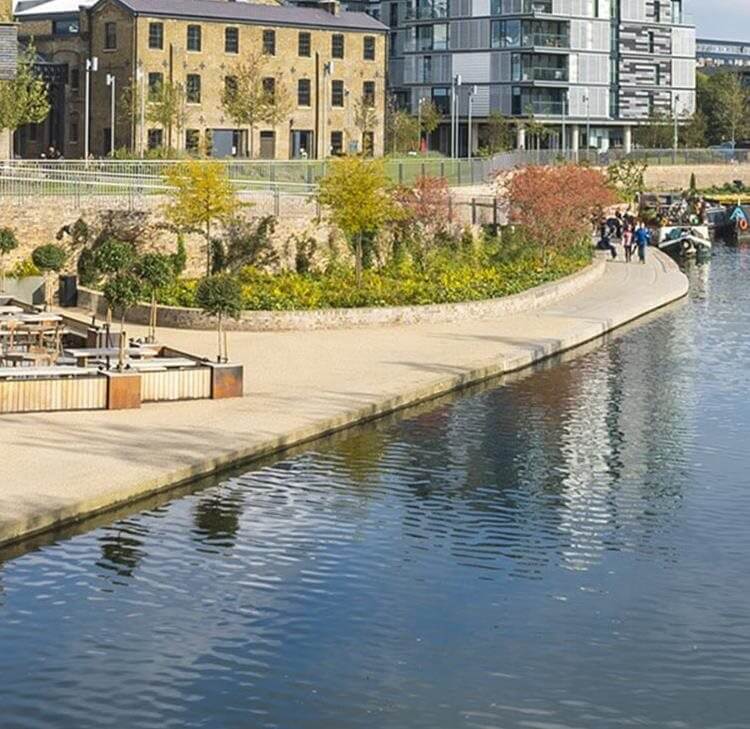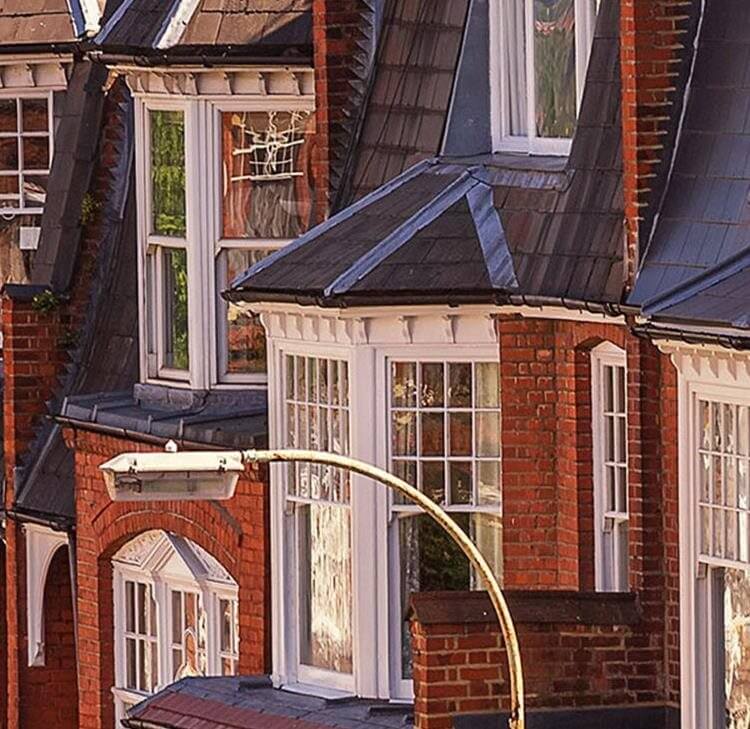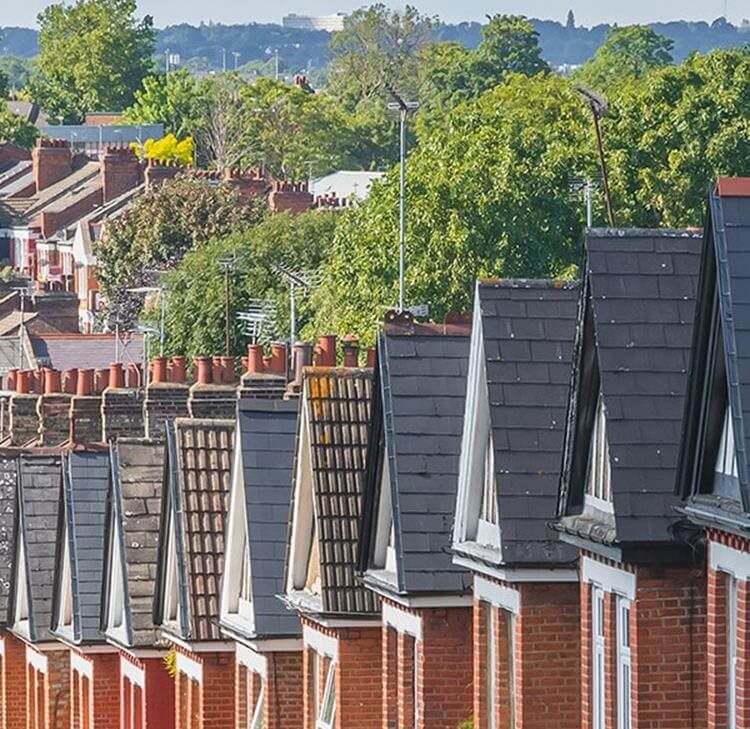Fearn and others v The Board of Trustees of the Tate Gallery [2020] EWCA Civ 104
Overlooking by a neighbour does not fall within the tort of private nuisance.
Overlooking by a neighbour does not fall within the tort of private nuisance.
Facts
The appellants (F) owned flats in a development adjacent to the Tate Modern art gallery (Tate) in central London. F’s living areas (which had floor-to-ceiling windows) looked directly onto a viewing gallery which was open to visitors to the Tate and provided 360 degree panoramic views of London. F alleged that they were the subject of close scrutiny by many visitors, including the use of binoculars or phones or cameras with zoom lenses (with resulting photographs or films posted on social media sites).
F brought a claim against the Tate for private nuisance, seeking an injunction requiring the Tate to close the relevant part of the gallery.
Issue
Could F bring a claim against the Tate in nuisance for overlooking?
Decision
There are no reported cases where a claimant has been successful in a nuisance action for overlooking by a neighbour. There have, however, been cases in which judges have decided that no such cause of action exists. These cases establish the principle that an invasion of privacy by overlooking is not actionable as a private nuisance. Unlike other annoyances (e.g. noise, dirt, fumes, noxious smells and vibrations) emanating from neighbouring property, it would be difficult, in the case of overlooking, to determine objectively whether there had been a material interference with the amenity value of the affected land (a requirement for this type of nuisance claim to be established).
The real issue in cases of overlooking is invasion of privacy, rather than damage to property interests (the essence of the tort of nuisance). There are other laws which bear on privacy (e.g. confidentiality, misuse of private information, data protection, harassment and stalking) and it was better to leave it to parliament to formulate any further laws felt necessary to deal with overlooking (rather than to extend the law of private nuisance).
Points to note/consider
- The original High Court decision last year caused quite a stir. In that case, the judge ruled (to the surprise of many) that overlooking a home can constitute a nuisance in some instances (although not in this case, where he felt that F’s exposure was self-induced and that F could adapt their homes to prevent the overlooking). The Court of Appeal’s decision, however, reasserts conventional wisdom
- This decision is good news for developers building in ever more crowded towns and cities. Pending any appeal to the Supreme Court, they have the comfort of knowing that as long as they have obtained planning permission (and other requisite consents) for the development in question, then no claim can be brought against them merely because the development overlooks an adjoining property or interferes with the privacy of adjoining property owners. From an adjoining property owner’s perspective, if they have any objections to a development based on overlooking, it is important to raise them at the planning stage (the Court of Appeal felt that the planning system was a more appropriate form of control than enlarging the right to bring actions for nuisance at common law).
Contact

David Harris
Professional Development Lawyer
david.harris@brownejacobson.com
+44 (0)115 934 2019














